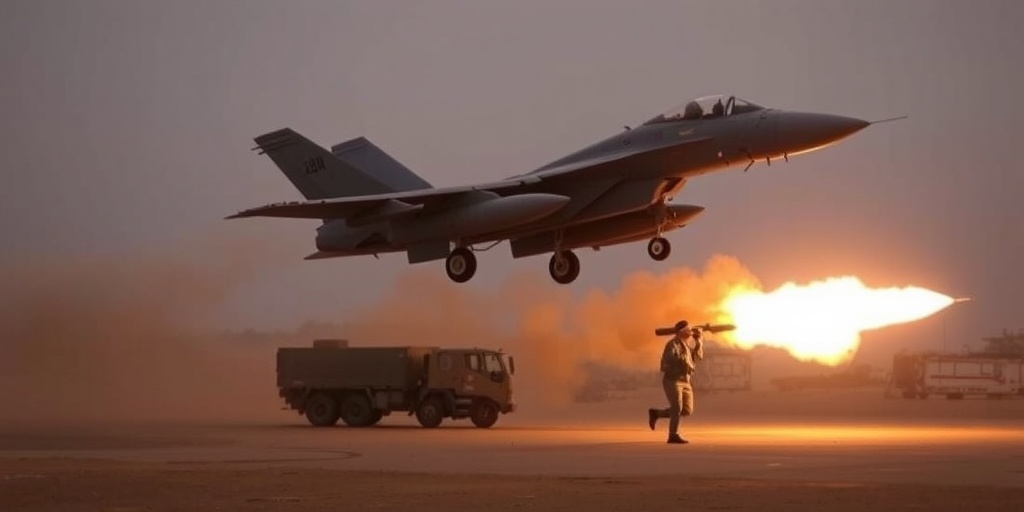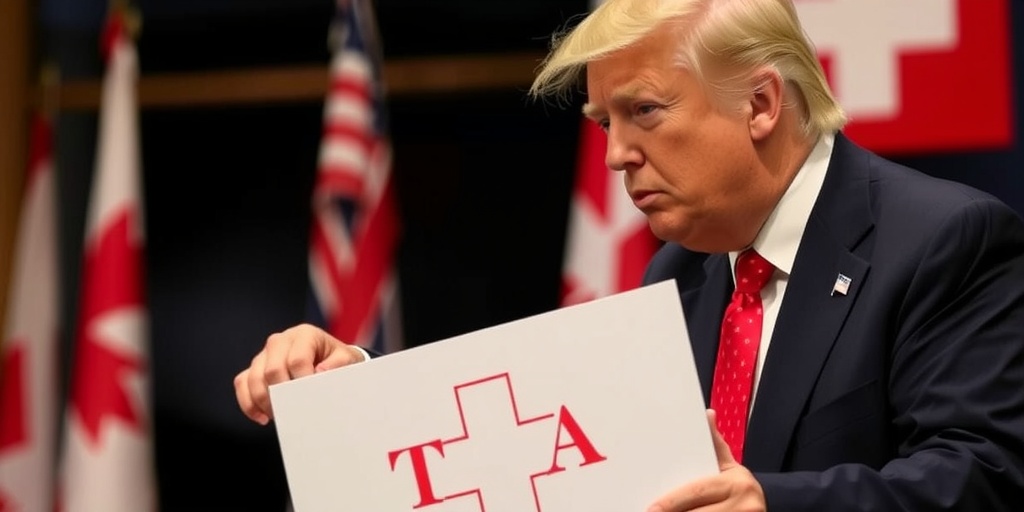Now Reading: U.S. Airstrikes in Yemen Straining Munitions Amid Limited Impact
-
01
U.S. Airstrikes in Yemen Straining Munitions Amid Limited Impact
U.S. Airstrikes in Yemen Straining Munitions Amid Limited Impact

U.S. Military Strikes Against Houthi Militants in Yemen: A Complex Situation Unfolds
President Donald Trump announced this week that the Iranian-backed Houthi militants in Yemen have suffered significant losses due to “relentless strikes” he initiated on March 15. However, private briefings by Pentagon officials convey a different narrative, suggesting that the military campaign has achieved only limited success in dismantling the Houthis’ extensive underground arsenal of missiles, drones, and launchers. Despite the intensity of the bombing campaign, which has reportedly exceeded the scale of strikes conducted by the Biden administration, officials acknowledge that the Houthis remain a resilient adversary, effectively reinforcing many of their fortified positions.
In recent closed-door briefings to Congress and allied nations, Pentagon officials indicated that the Houthi militants have adapted their strategies, successfully reinforcing their bunkers and other critical sites. This adaptation has hindered U.S. efforts to disrupt the militia’s missile attacks targeting commercial vessels in the Red Sea. Within just three weeks of the offensive, which has utilized $200 million worth of munitions, the Pentagon has deployed significant military assets, including two aircraft carriers, additional B-2 bombers, fighter jets, and advanced air-defense systems such as Patriot and THAAD to the Middle East. The cumulative operational and personnel costs hint at a growing military commitment, with estimates suggesting that the total expenditure could exceed $1 billion by next week.
In light of the extensive use of precision munitions—particularly advanced long-range weapons—Pentagon planners are expressing concerns regarding the depletion of Navy stocks, particularly in relation to potential future conflicts, such as a possible Chinese invasion of Taiwan. As the military campaign dubbed “Operation Rough Rider” continues, expectations have been set for a prolonged endeavor, potentially lasting up to six months, although specific details about the operational timeline remain classified.
A senior Pentagon official countered recent assessments presented to Congress, asserting that airstrikes have exceeded their initial objectives by disrupting the Houthis’ higher command structures, thereby limiting their ability to mount effective counterattacks. The official stated, “We’re on track,” and emphasized that the airstrikes had significantly damaged Houthi command and control capabilities. Tulsi Gabbard, the director of national intelligence, bolstered these claims, asserting that the operations have targeted and eliminated key Houthi leaders, mentioning that they were instrumental in reopening shipping lanes in the Red Sea.
Despite these assertions, there remains skepticism about the effectiveness of the strikes, particularly given the lengthy history of the conflict and the failure of previous military efforts to deter Houthi aggression. Senators Jeff Merkley and Rand Paul expressed concerns in a recent letter to President Trump, urging clarity regarding the administration’s strategy moving forward. They questioned how the current military efforts would differ from the Biden administration’s strategies, which were criticized for their lack of impact on halting Houthi attacks.
Since the onset of the strikes, which the Pentagon indicated resulted in over 30 targeted hits on the first day alone, military spokespeople have provided limited updates on the operations. The last significant communication from the Pentagon, reported on March 17, detailed the destruction of various Houthi military infrastructure, including command-and-control facilities and weapons manufacturing sites. However, officials have been reticent to disclose specific numbers concerning the targets hit or the identity of Houthi commanders that may have been killed.
As the U.S. military escalates its operations, the Pentagon has relocated advanced air defense systems to several Arab nations that express concern over potential reprisals from the Houthis. The logistics and advisory support provided by the United Arab Emirates marks a collaborative effort with U.S. forces, despite the previous six-year campaign against the Houthis led by Saudi Arabia, which failed to achieve its intended goals.
The escalation of U.S. military actions raises numerous ethical considerations, as Houthi officials report that strikes have impacted residential areas in Yemen, resulting in civilian casualties. A recent report from Airwars highlighted that a woman and four children were among the victims of one of the March 15 strikes. This situation underscores the balancing act the administration must perform between military objectives and the prevention of civilian harm, given the operational complexities in populated areas.
In conclusion, as military operations in Yemen intensify, the Trump administration must address both the strategic and humanitarian implications of its actions. With a heightened military presence in the region, the effectiveness of these strikes will be closely scrutinized, particularly concerning their long-term impact on Houthi operations and regional stability. Moving forward, transparency and accountability will be crucial to navigating the challenges presented by this multifaceted conflict.
Stay Informed With the Latest & Most Important News
Previous Post
Next Post
-
 01New technology breakthrough has everyone talking right now
01New technology breakthrough has everyone talking right now -
 02Unbelievable life hack everyone needs to try today
02Unbelievable life hack everyone needs to try today -
 03Fascinating discovery found buried deep beneath the ocean
03Fascinating discovery found buried deep beneath the ocean -
 04Man invents genius device that solves everyday problems
04Man invents genius device that solves everyday problems -
 05Shocking discovery that changes what we know forever
05Shocking discovery that changes what we know forever -
 06Internet goes wild over celebrity’s unexpected fashion choice
06Internet goes wild over celebrity’s unexpected fashion choice -
 07Rare animal sighting stuns scientists and wildlife lovers
07Rare animal sighting stuns scientists and wildlife lovers





















